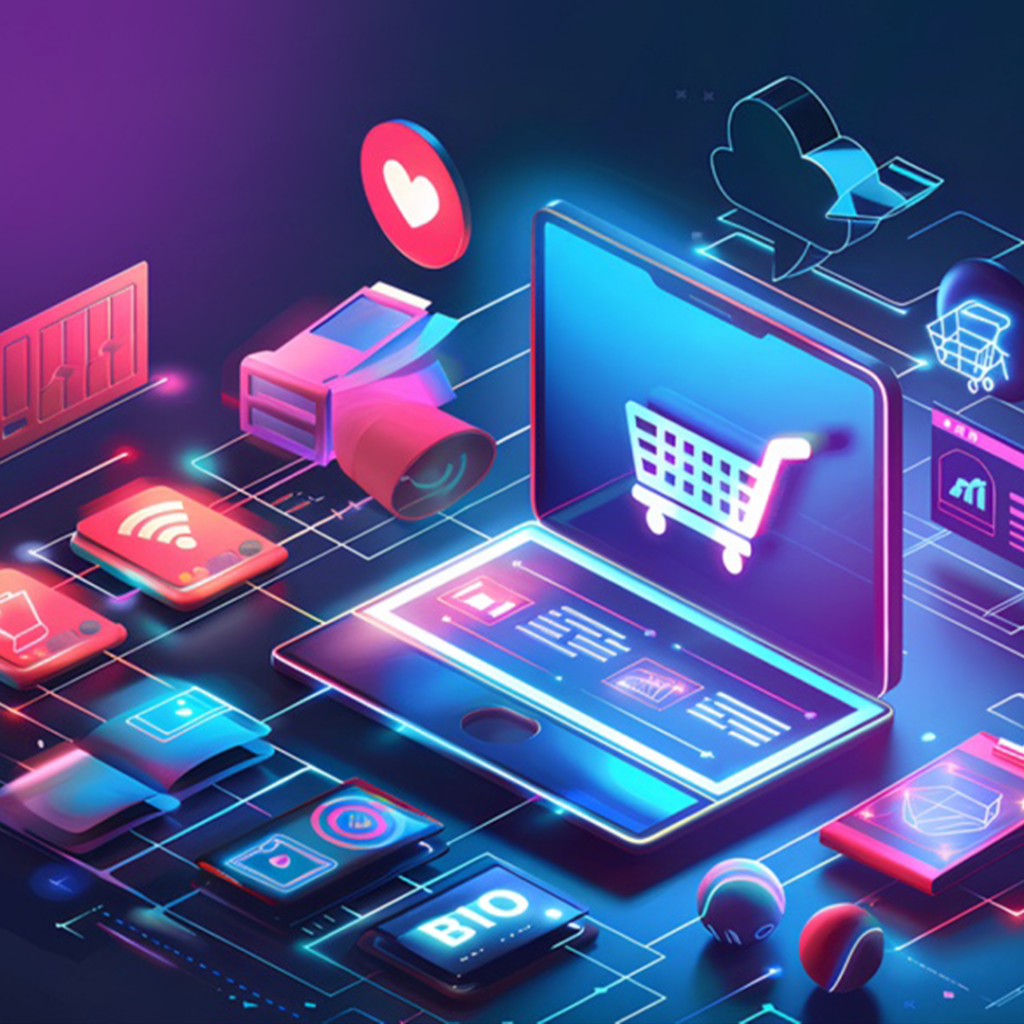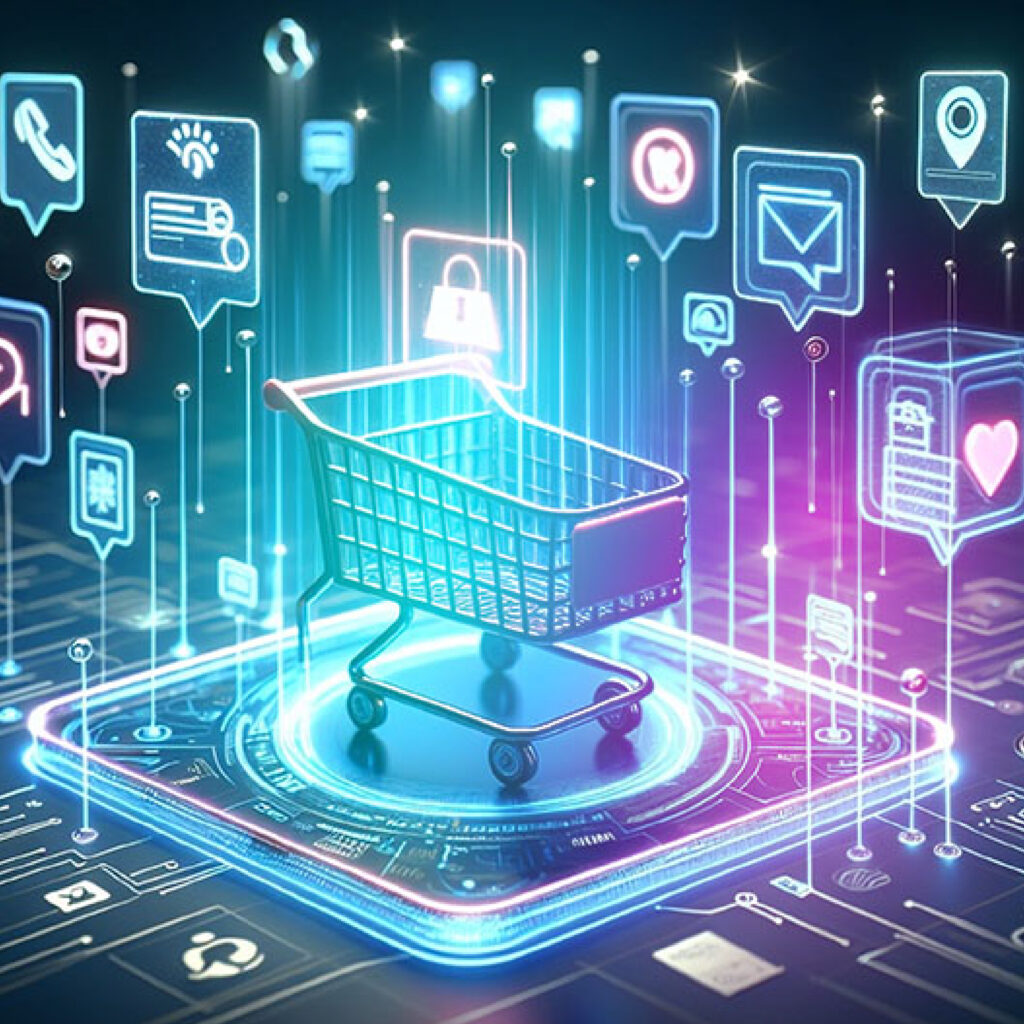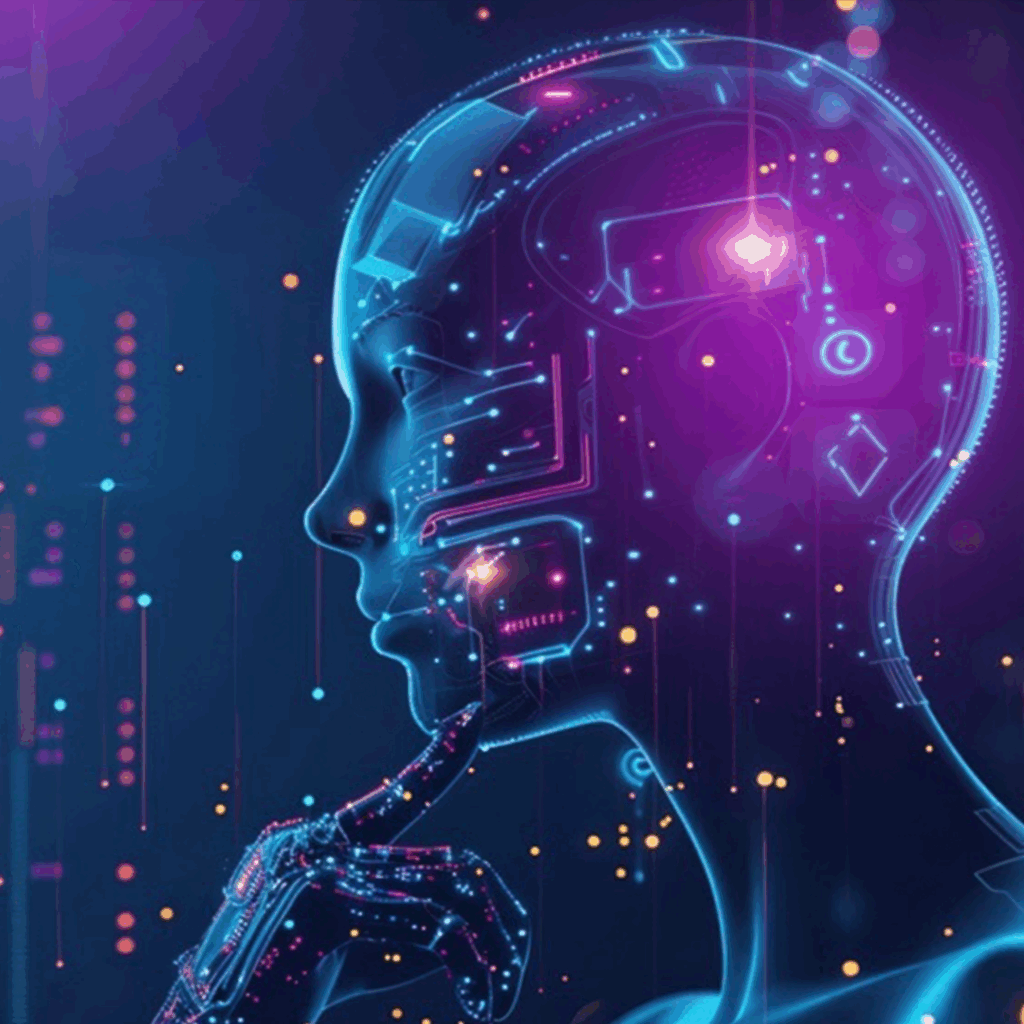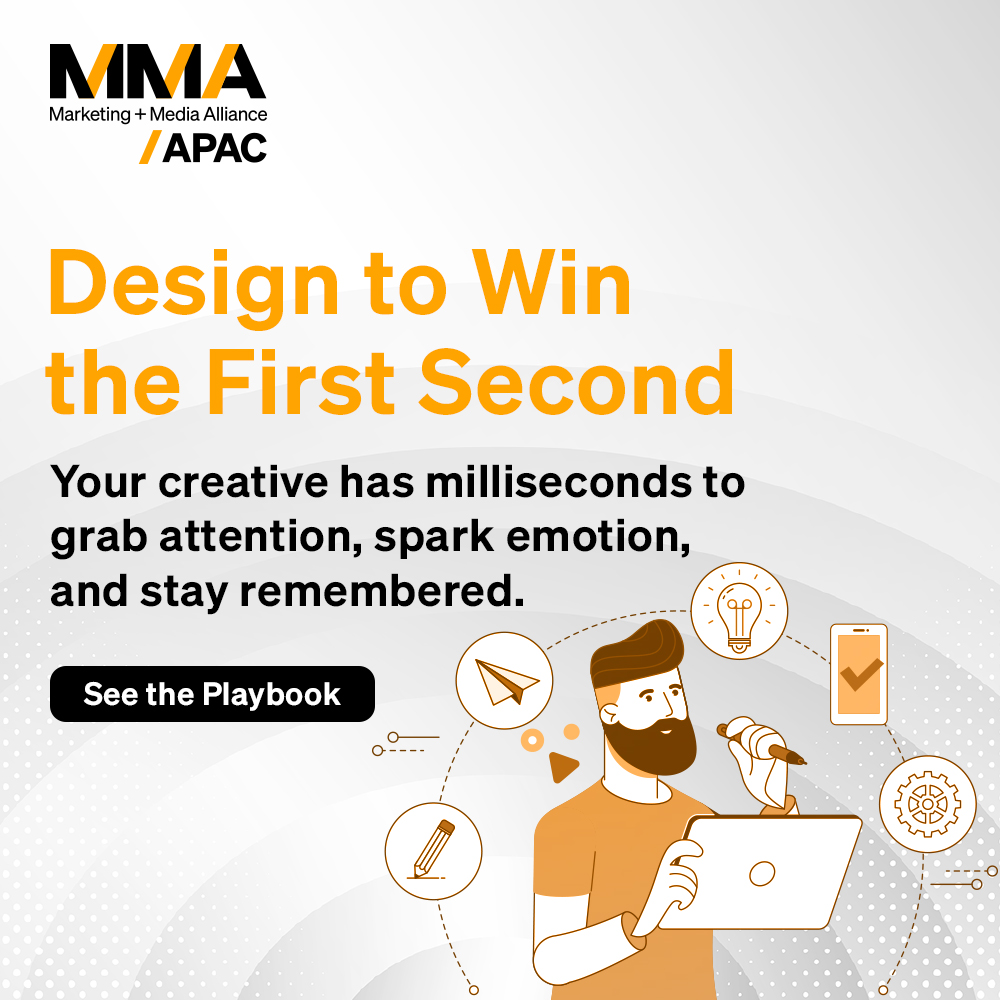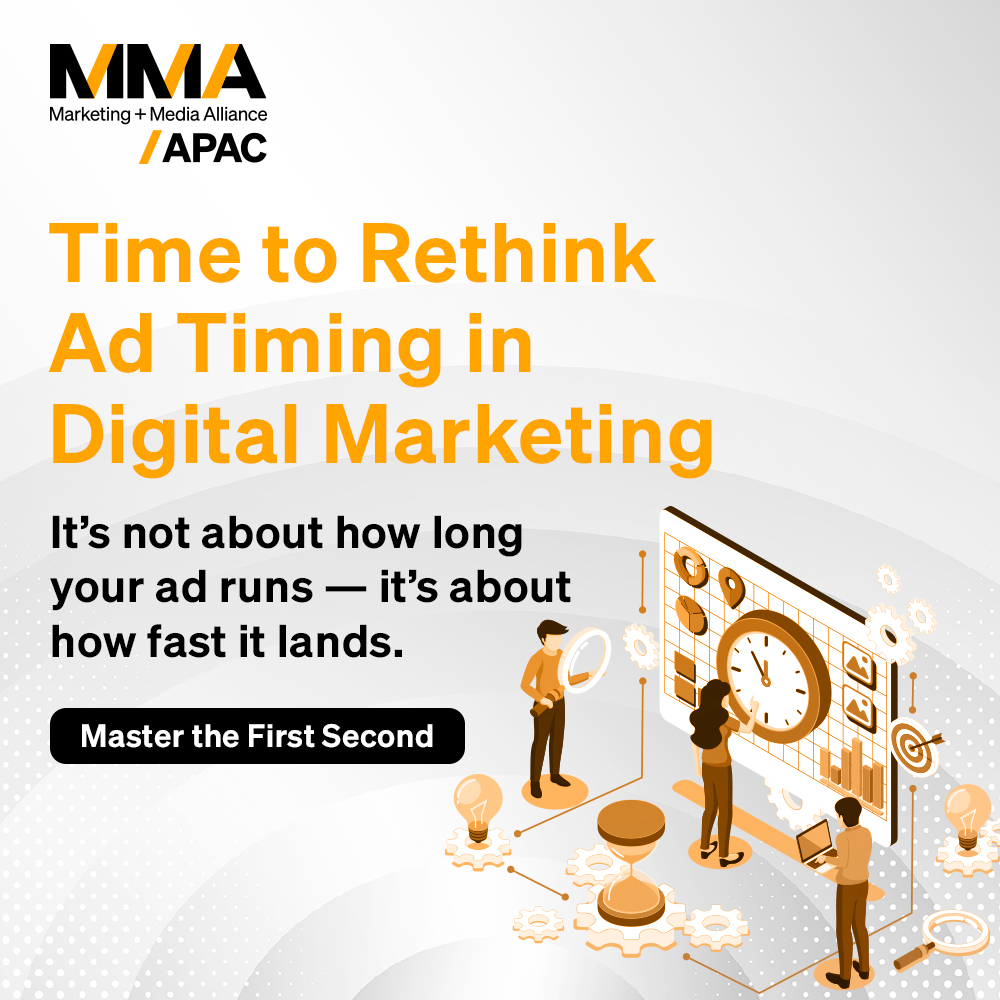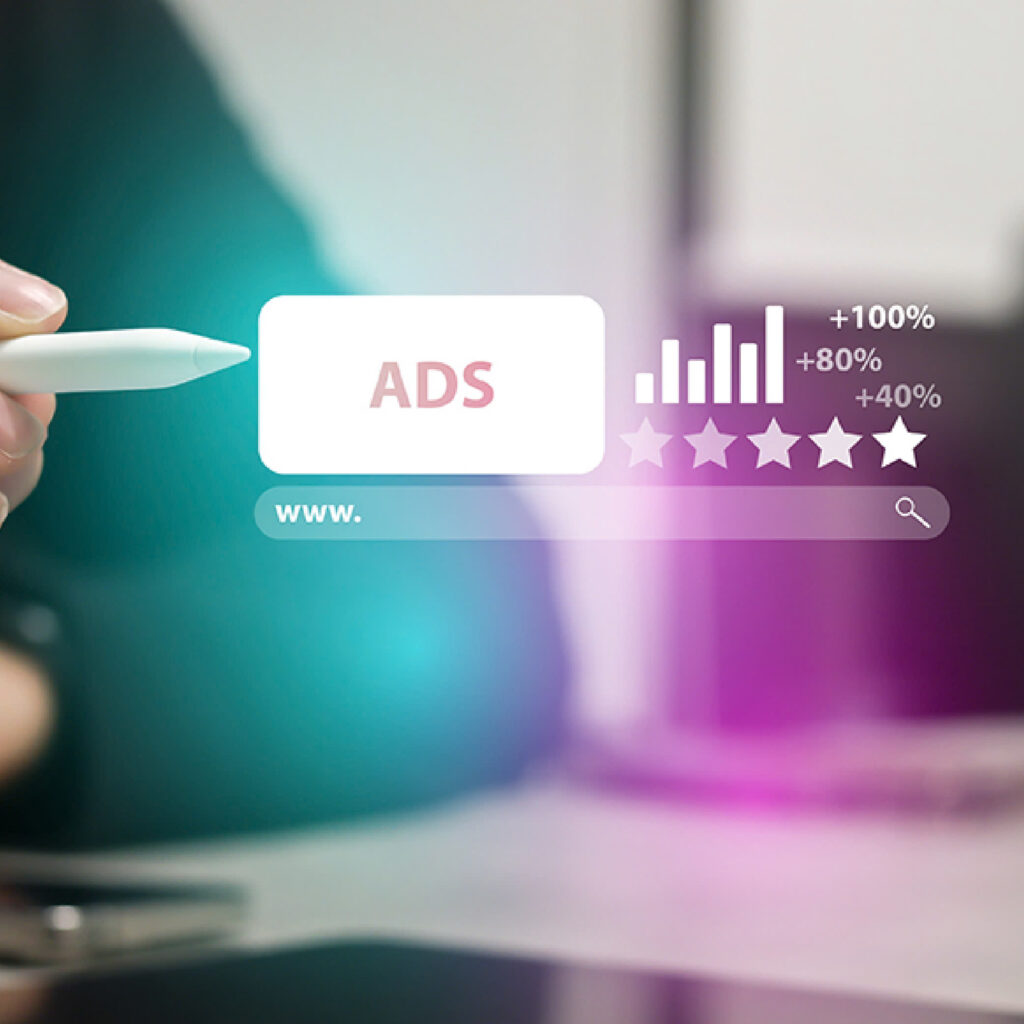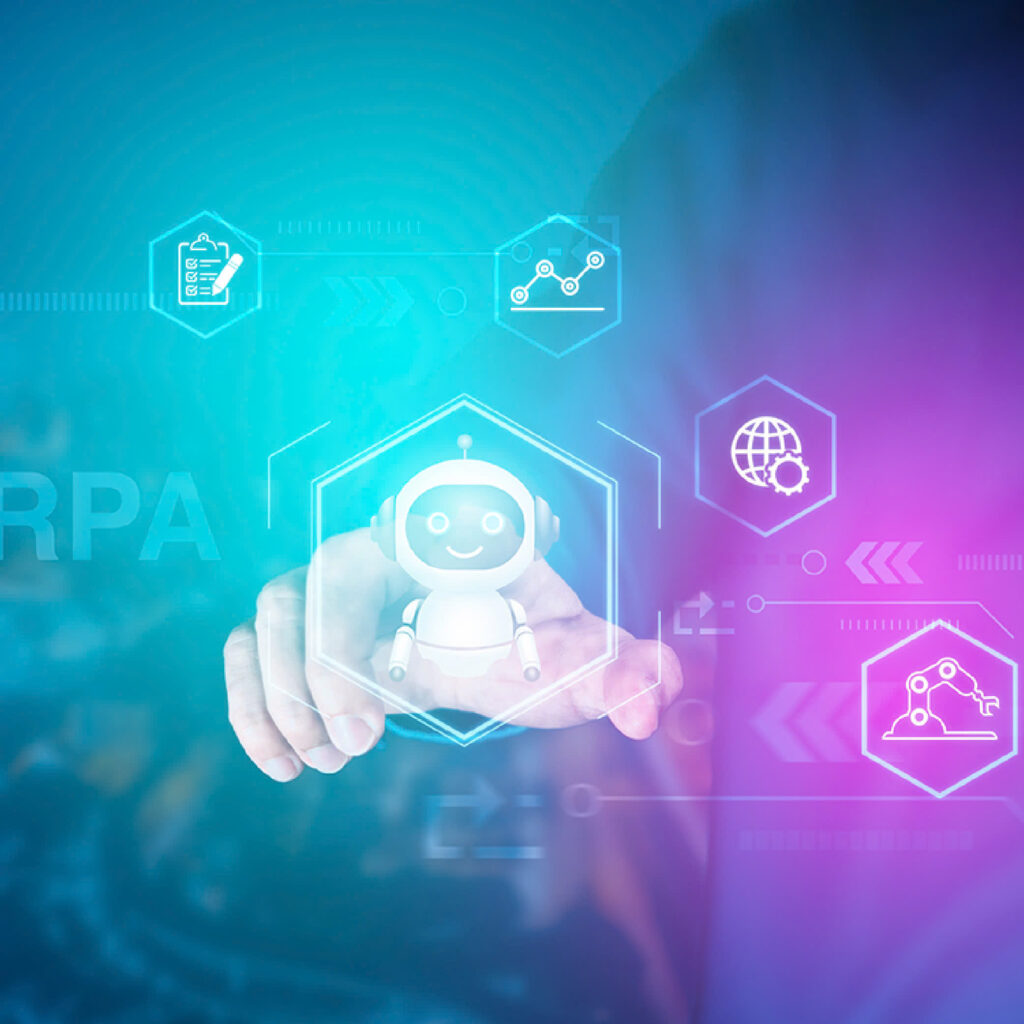
For years, marketing in APAC has been driven by one dominant strategy—customer acquisition. The assumption was simple: more new customers equal more revenue. But that equation is no longer sustainable. Rising customer acquisition costs (CAC), stricter privacy regulations, and increasing competition for attention have made acquisition a costly game. Brands in APAC are realizing that growth now depends on retaining and maximizing the value of existing customers. This is where Customer Lifetime Value (CLV) has become a central business metric.
Yet, most brands struggle to measure and act on CLV in real-time. Traditional models rely on historical purchase data and broad segmentation, failing to capture how today’s consumers interact with brands across multiple touchpoints—e-commerce, social, apps, and loyalty programs.
AI is changing this. With predictive modeling, brands can now forecast a customer’s future value, segment audiences with precision, and optimize marketing budgets toward the highest-value customers.
This shift is not just about efficiency. It’s about redefining how brands approach customer relationships—moving from short-term conversions to long-term engagement.
Why Customer Lifetime Value (CLV) is the New Growth Metric for APAC Marketers
The APAC region is one of the fastest-growing digital economies, yet it also faces some of the highest customer churn rates.
A report by Bain & Company found that brands in Southeast Asia lose up to 60% of new customers within three months of their first purchase. Another study by McKinsey Asia revealed that reducing churn by just 5% can increase profitability by 25% to 95%.
Yet, despite these numbers, most brands spend the majority of their budgets on acquiring new users rather than retaining and growing existing customers. AI-powered CLV models are shifting that balance.
By accurately predicting which customers will stay, which will leave, and how much they will spend over time, brands can:
- Prioritize marketing spend on high-value customers instead of chasing volume.
- Personalize engagement strategies based on a customer’s predicted behavior.
- Reduce churn with proactive retention campaigns rather than reactive discounting.
For APAC marketers navigating rising competition, tighter budgets, and changing consumer behaviors, this shift is no longer optional—it’s essential.
How AI Predicts and Enhances Customer Lifetime Value
Traditional CLV models are static, relying only on past transactions. AI-driven CLV models, on the other hand, use machine learning to predict future customer behavior in real-time.
Here’s how AI transforms CLV measurement and marketing execution:
1. Behavioral Forecasting: Predicting Who Stays and Who Leaves
AI doesn’t just look at what a customer has done—it predicts what they’re likely to do next.
By analyzing:
- Purchase frequency and patterns
- Website and app interactions
- Engagement with emails, social media, and loyalty programs
- Customer service interactions
AI identifies early signals of loyalty and churn.
2. Smarter Customer Segmentation: High-Value vs. Low-Value Customers
Instead of broad segmentation based on demographics, AI-driven models create dynamic, behavior-based segments in real time.
- High-CLV customers → Prioritized for premium offers, loyalty perks, and personalized recommendations.
- Potential churners → Given proactive engagement strategies before they drop off.
- One-time buyers → Assessed for potential conversion into repeat customers through strategic nurturing.
3. Optimizing Marketing Spend: Where to Invest for Maximum ROI
One of the biggest advantages of AI-powered CLV is its ability to guide budget allocation.
- Instead of spending equally across all audience segments, AI helps marketers shift investments toward the highest-value users.
- AI also identifies low-value segments, reducing waste in marketing spend.
From Prediction to Action: Using CLV to Drive Retention and Loyalty
AI-driven CLV models are not just about prediction—they power real-time marketing actions that increase retention and revenue.
1. Personalized Lifecycle Marketing
- AI ensures that each customer receives targeted messaging based on their predicted value and behavior.
- High-value customers might get VIP early access to new products.
- At-risk customers might receive win-back offers before they disengage.
2. Next-Best-Action (NBA) Models
AI doesn’t just predict what customers will do—it suggests what action the brand should take next to maximize their engagement.
- Discount-sensitive buyers → Might receive a limited-time promo.
- Loyal but inactive users → Might be re-engaged through exclusive loyalty benefits.
Why CMOs Need to Adopt AI-Powered CLV Now
For CMOs in APAC, AI-powered CLV is no longer an experimental tactic—it’s a business necessity. The brands that will dominate in 2025 will be those that:
- Shift marketing budgets from pure acquisition to retention and loyalty.
- Use AI-driven insights to personalize engagement at scale.
- Measure success through CLV growth, not just short-term conversions.
As AI and first-party data strategies continue to evolve, brands that fail to adapt will find themselves spending more and retaining less. The next phase of marketing isn’t about who can reach the most people—it’s about who can build the most valuable customer relationships.
CMOs who adopt AI-driven CLV strategies today will not only reduce waste in their marketing spend but also build a long-term competitive advantage in APAC’s fast-evolving digital landscape.






